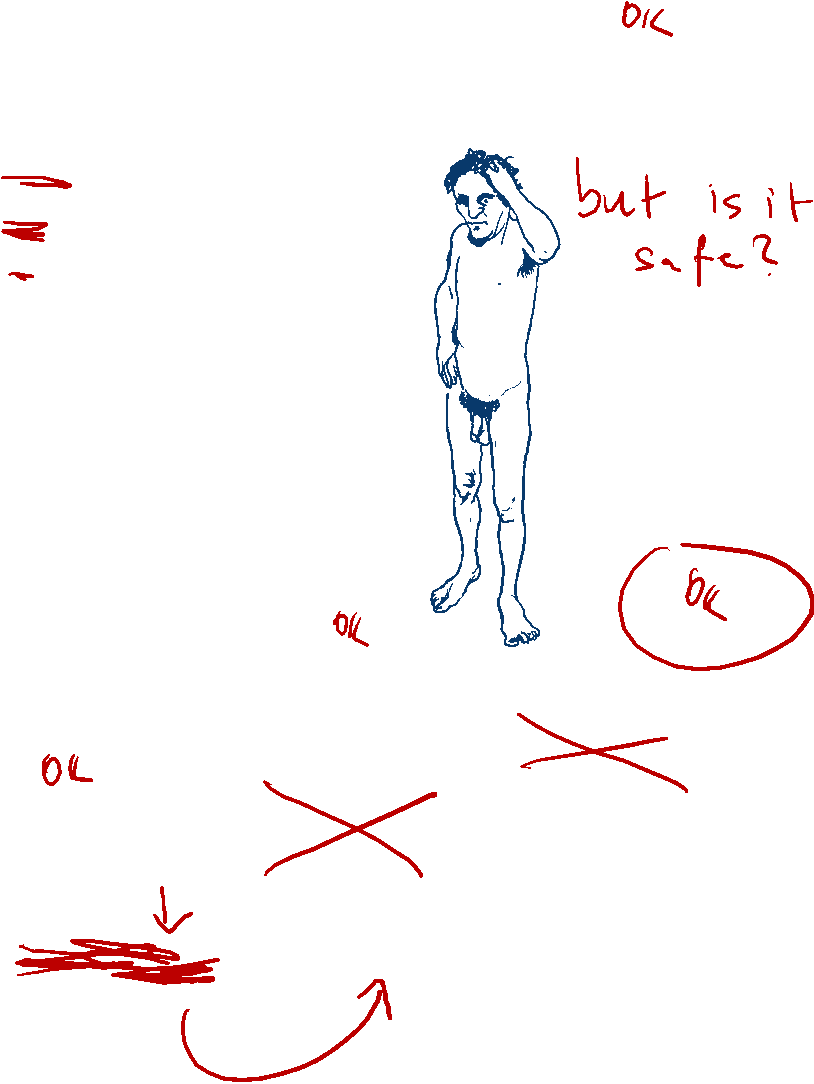
Light pollution, the term for the brightening of the night sky by unnatural lights, is increasing globally. In North America, only 20% of people can see the Milky Way, generally in rural areas, like Zion National Park, Utah, pictured.

Wildlife is suffering the consequences of light pollution. Nesting sea turtles rely on the reflection of light on the water from celestial bodies to guide them to the ocean. They can be disoriented by unnatural lights around beaches, resulting in fatal dehydration or predation.

Experts say the solutions to light pollution can be as simple as installing better quality lighting. Recommendations involve keeping lighting low to the ground, targeting it to avoid light leaking in all directions, and, if possible, ensuring it has a long wavelength, typically observed as amber-colored. In this picture, the streetlights in Tucson, Arizona, do not leak into the sky, maintaining its natural darkness.

DarkSky International is a body advocating for the mitigation of light pollution, and awarding Dark Sky accreditation to communities that follow its recommendations. Pictured, the sky above the town of Castle Valley, Utah, an International Dark Sky Community. Around 250 miles southeast of Salt Lake City, the town allows no commercial lighting and fully shielded light fixtures have been required by ordinance since 1991. It received Dark Sky accreditation in 2024.

Nearly 300 areas in 22 countries are now accredited. Pictured, a stargazer observes the Milky Way in Goblin Valley State Park, Utah, a Dark Sky Park. The Park, located in a remote corner of the Colorado Plateau, is known for its thousands of pinnacle-shaped rock formations, locally known as “goblins.”

The Milky Way over the Grand Canyon National Park, a Dark Sky Park that attracts millions of visitors every year. In 2019, the park completed a project to change all its 5,000 light fixtures to comply with DarkSky’s requirements. It was awarded full status in June that year.

Night sky over Bamburgh Castle, near Northumberland National Park, UK, a Dark Sky reserve. Just south of Hadrian’s Wall, the Park is one of the darkest locations in England, according to Dark Sky International.



